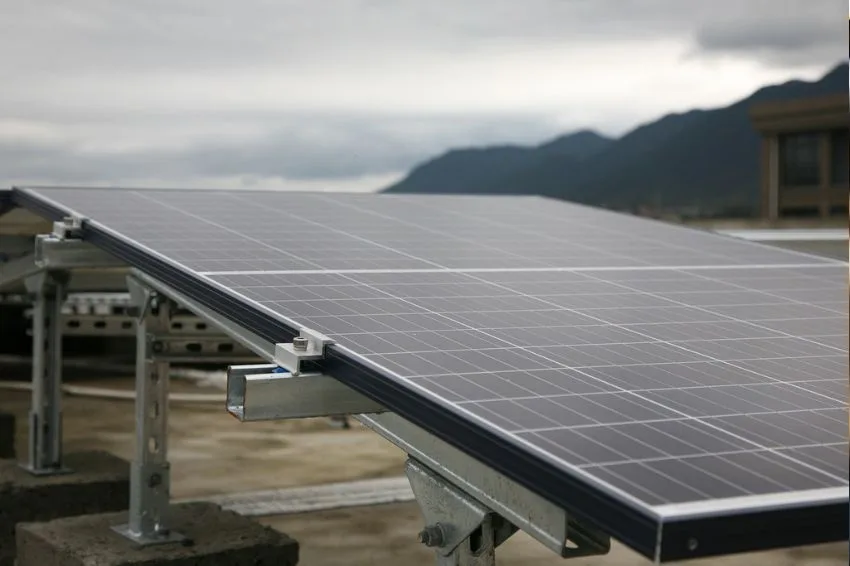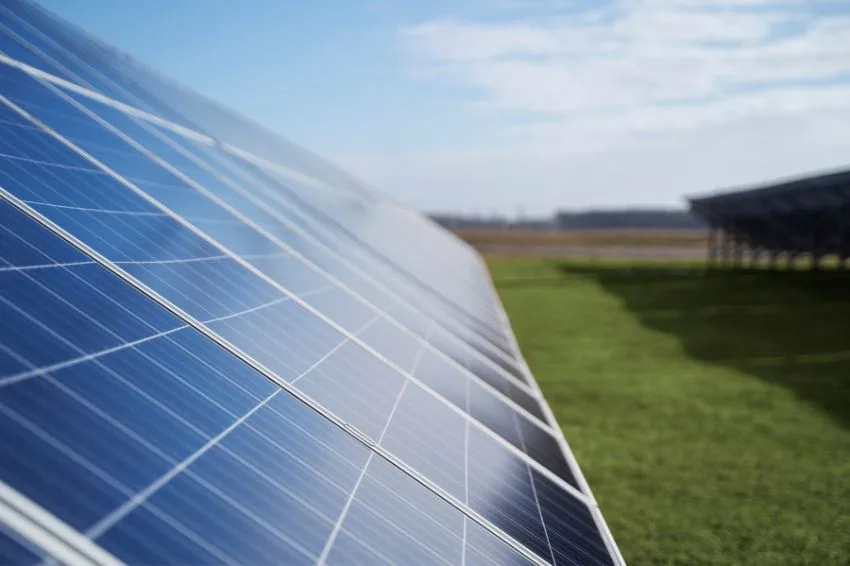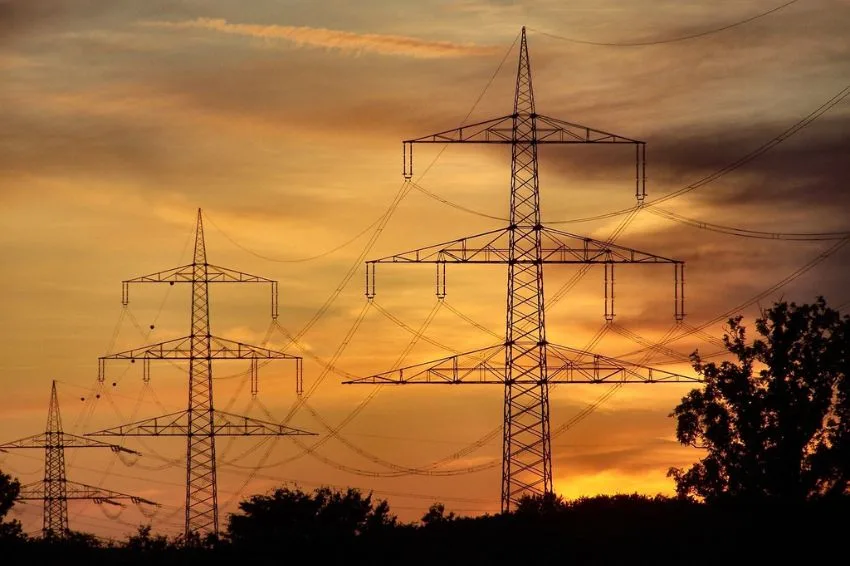The ONS (National System Operator) revised downwards the forecast for growth in electricity load in January.
At the end of December, the agency estimated that the load of the (SIN) National Interconnected System would grow by 11.1% in the first month of 2024, reaching 82,865 MWmed (average megawatts).
On the occasion, the general director of the ONS, Luiz Carlos Ciocchi, declared in a note that the prospects of high temperatures, above the average for the summer, would probably require the activation of thermoelectric plants to meet consumption peaks.
However, last Friday (5/1) the agency informed the market that load progress in January should be lower, with a variation of 9.1%, reaching 81,377 MWmed. The explanation would be, in part, a result of economic performance, as there was a slowdown in growth in the services sector and industrial production fell rapidly at the end of December.
“Heat, rain, temperature, affluence level and economic activity are issues that can affect the load forecast. December is an atypical month, with lots of celebrations and the start of school holidays. These issues impacted the load and it slowed down,” said the ONS. “The PMO (Monthly Operation Program) consists of a forecast that is reviewed and updated weekly. It is necessary to wait for the end of the month to have consolidated data.”
“The highest expansion is projected for the North subsystem, with 12.1% (7,293 MWmed); followed by the Northeast, with 10.7% (13,442 MWmed); the Southeast/Mid-West, with 10.6% (46,478 MWmed), and the South, with 1.7% (14,164 MWmed). The numbers are comparisons between the possible results of January 2024 and the same month of 2023”, says the note published on the ONS website.
In the same note, the ONS released the ENA (Affluent Natural Energy) indications, an indicator that measures the amount of rain that reaches the rivers and feeds the hydroelectric reservoirs.
As more than 50% of Brazil's electricity is generated by hydroelectric plants, this indicator is extremely important to signal the country's ability to meet the country's energy demand.
According to the entity, even though ENA indications are below average for a wet period (December to April), the current review points to an improvement in inflows compared to the estimates indicated at the end of December.
“The South subsystem should record the highest percentage, with 114% of the Long Term Average (MLT), when, last week, 81% of the MLT was expected at the end of January. For the other regions, ENA at the end of January should reach the following levels: North, 75% (70%) from MLT; Southeast/Central-West, 70% (68%) from MLT, and the Northeast, 52% (51%) from MLT”, says the ONS.
The MLT is the historical average calculated based on the amount of rainfall that feeds the river flow.
All content of Solar Channel is protected by copyright law, and partial or total reproduction of this site in any medium is expressly prohibited. If you are interested in collaborating or reusing part of our material, we ask that you contact us via email: [email protected].















